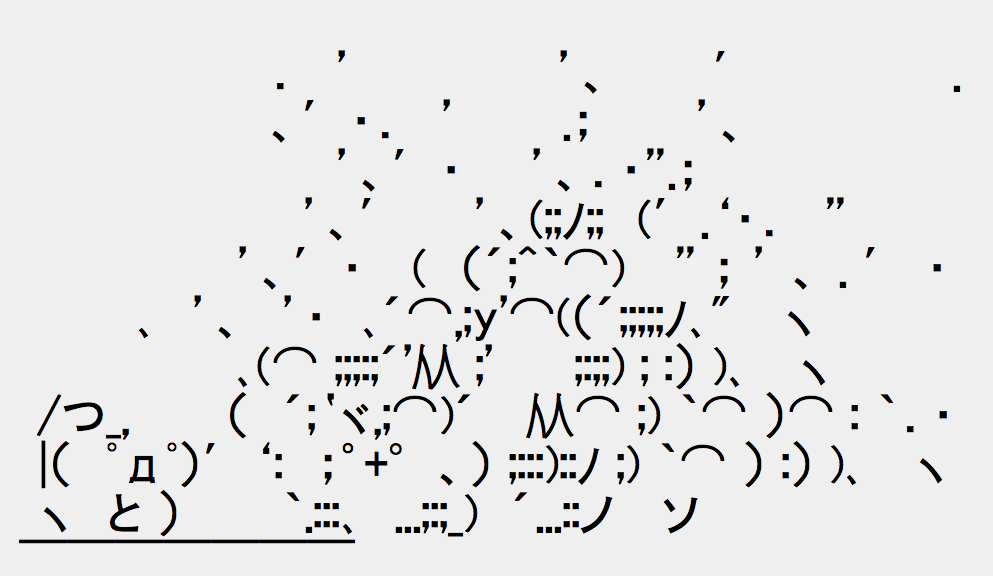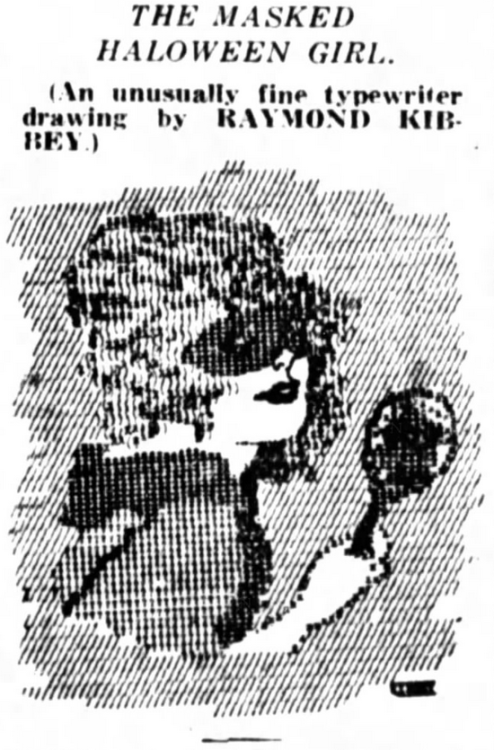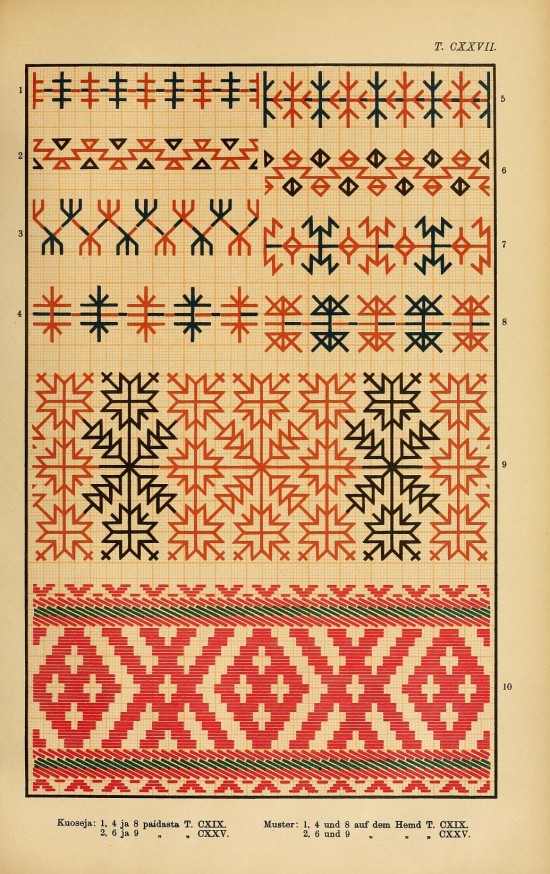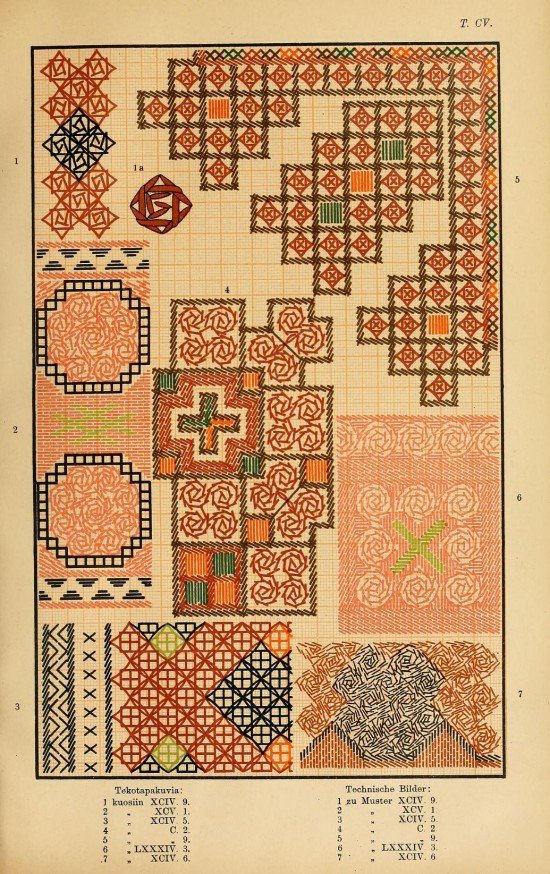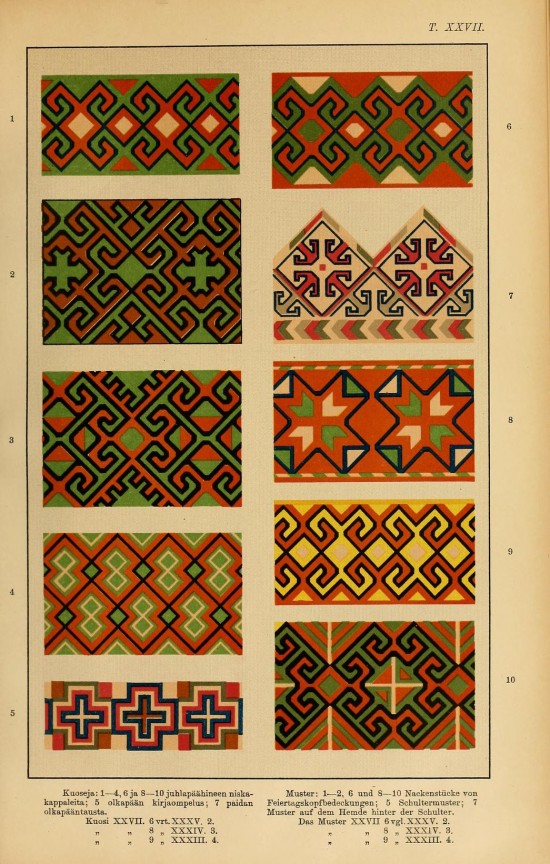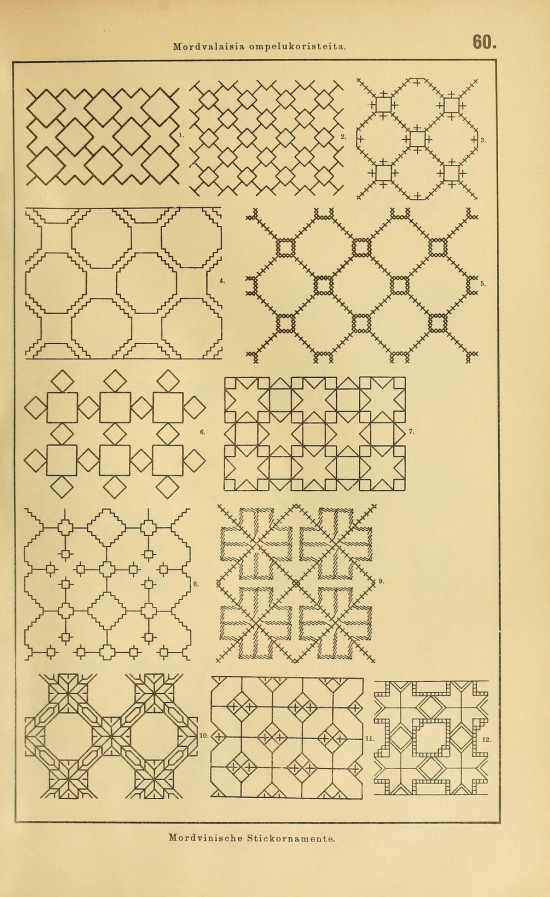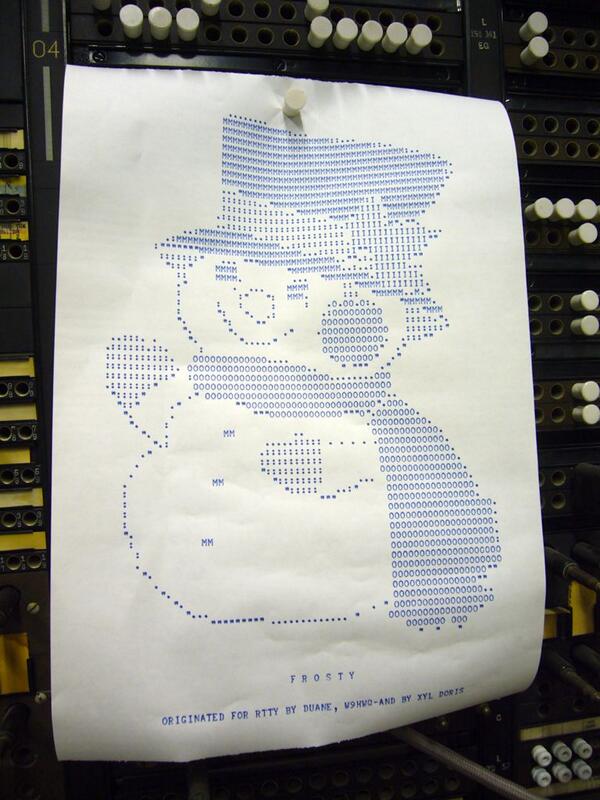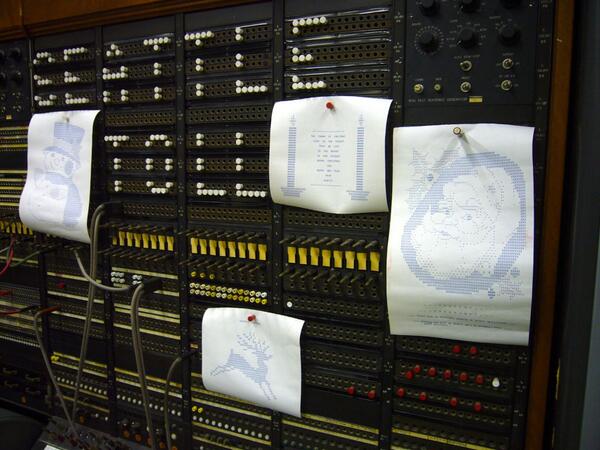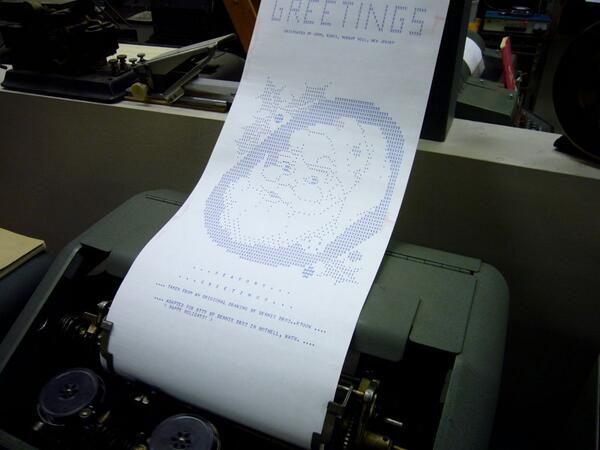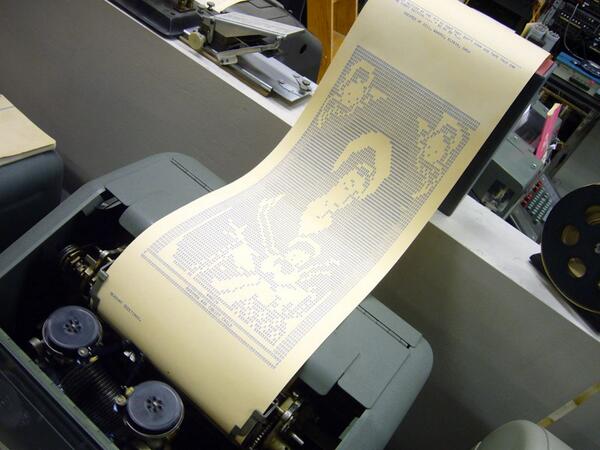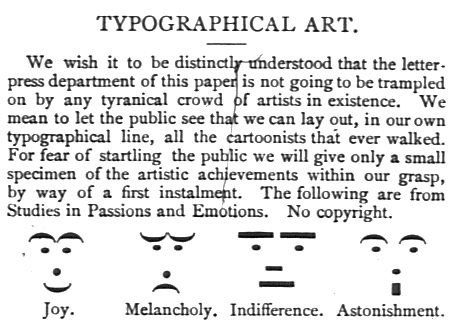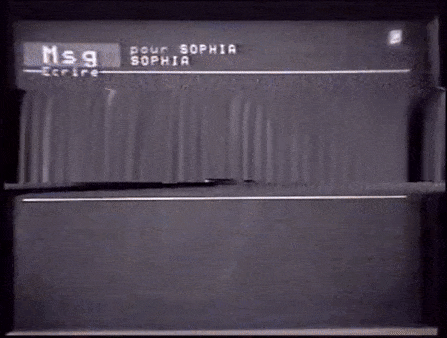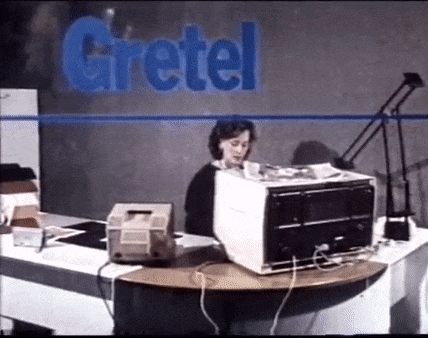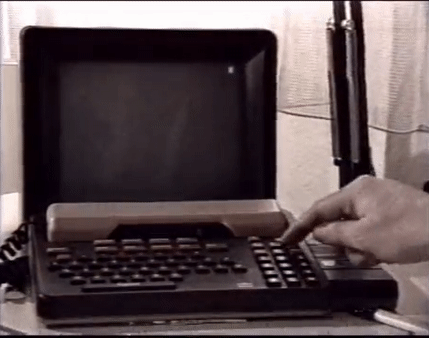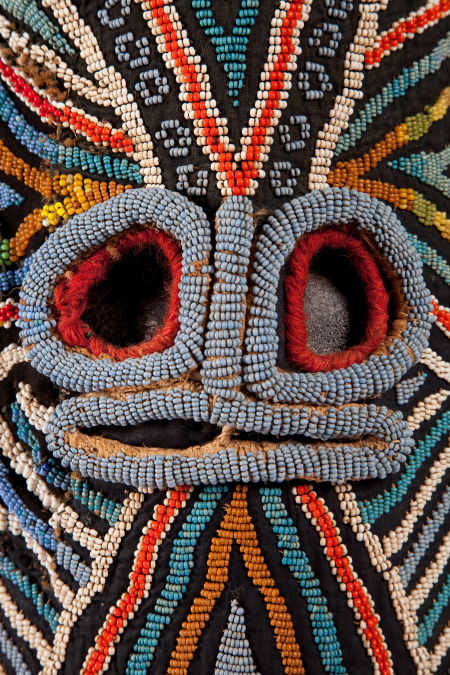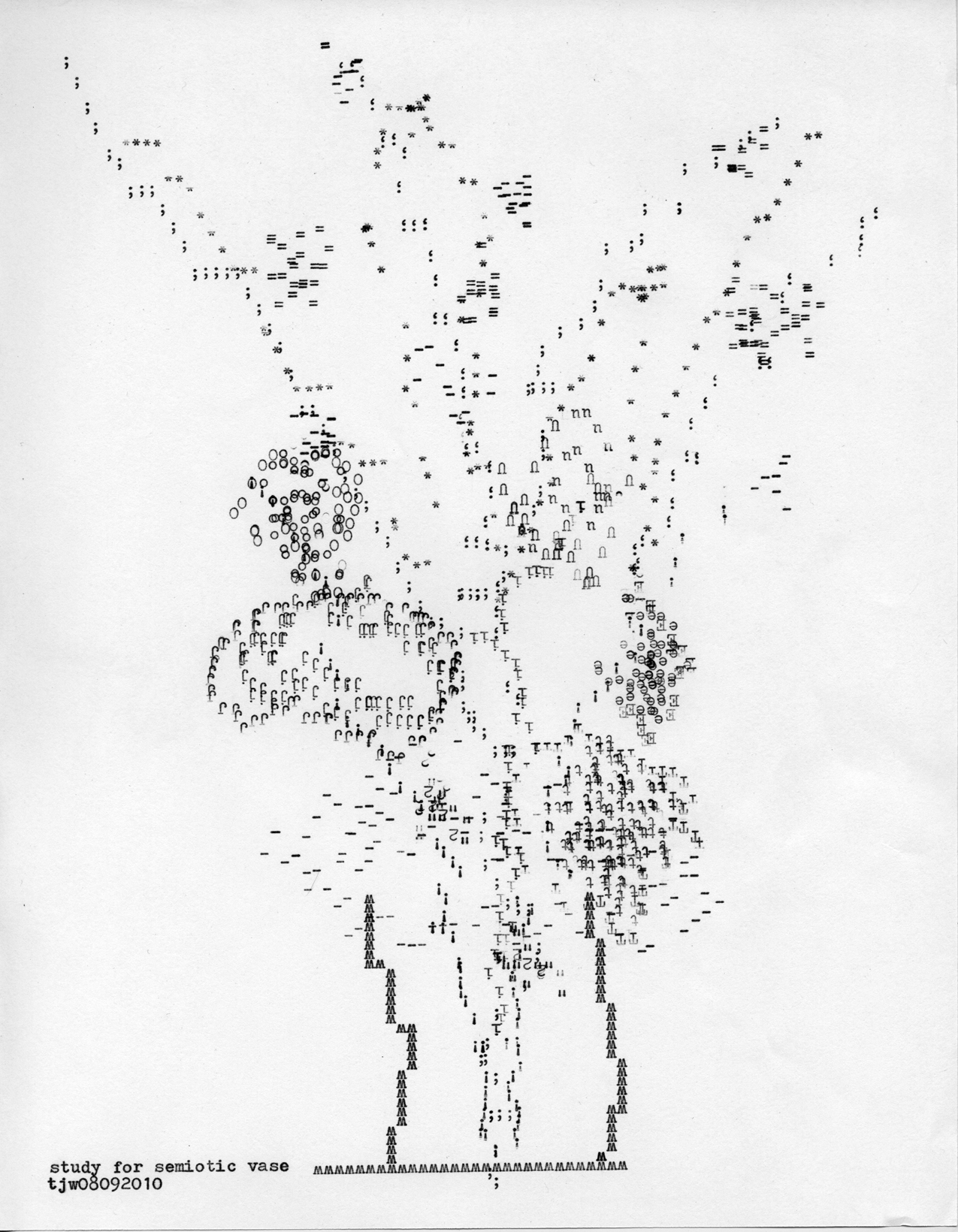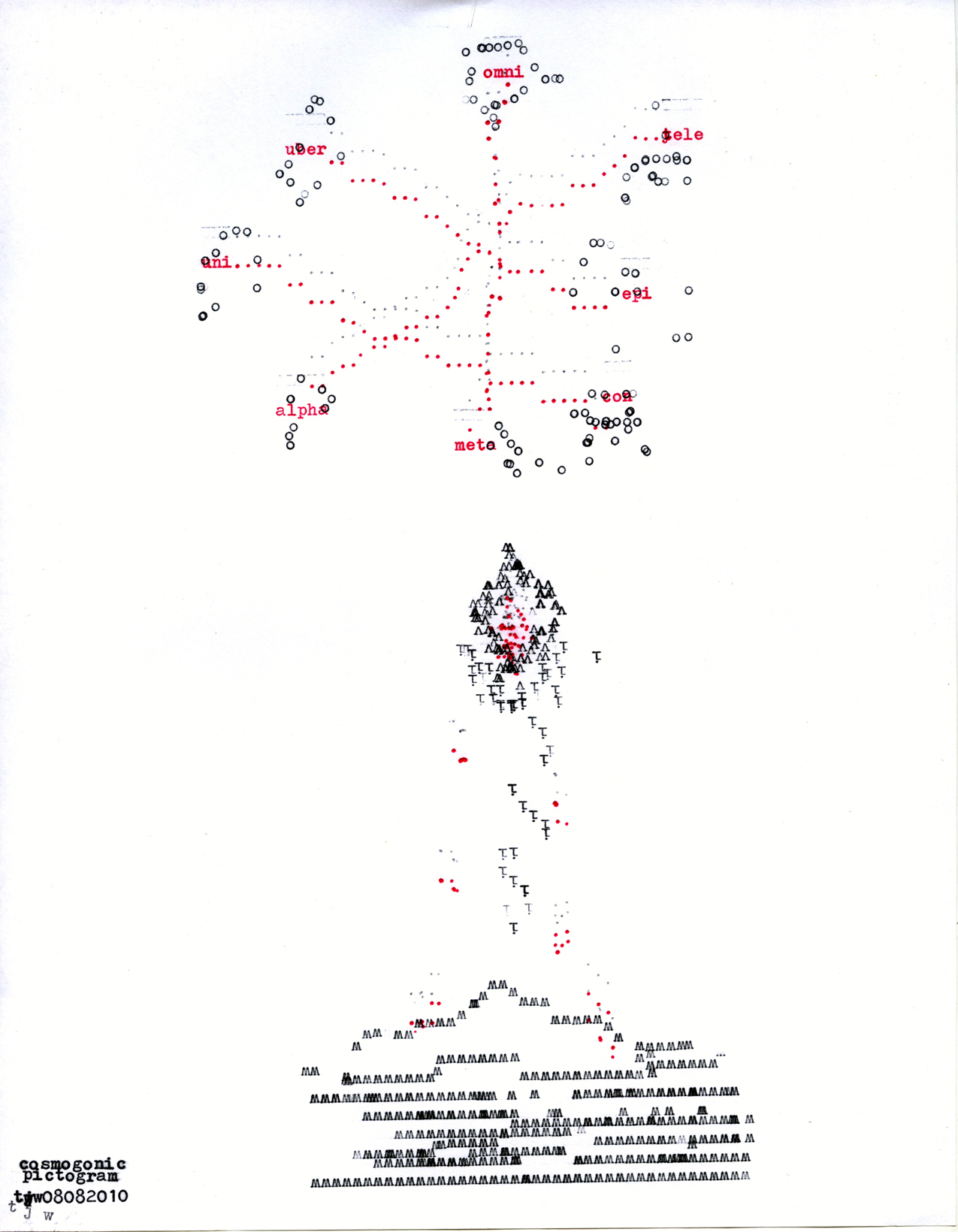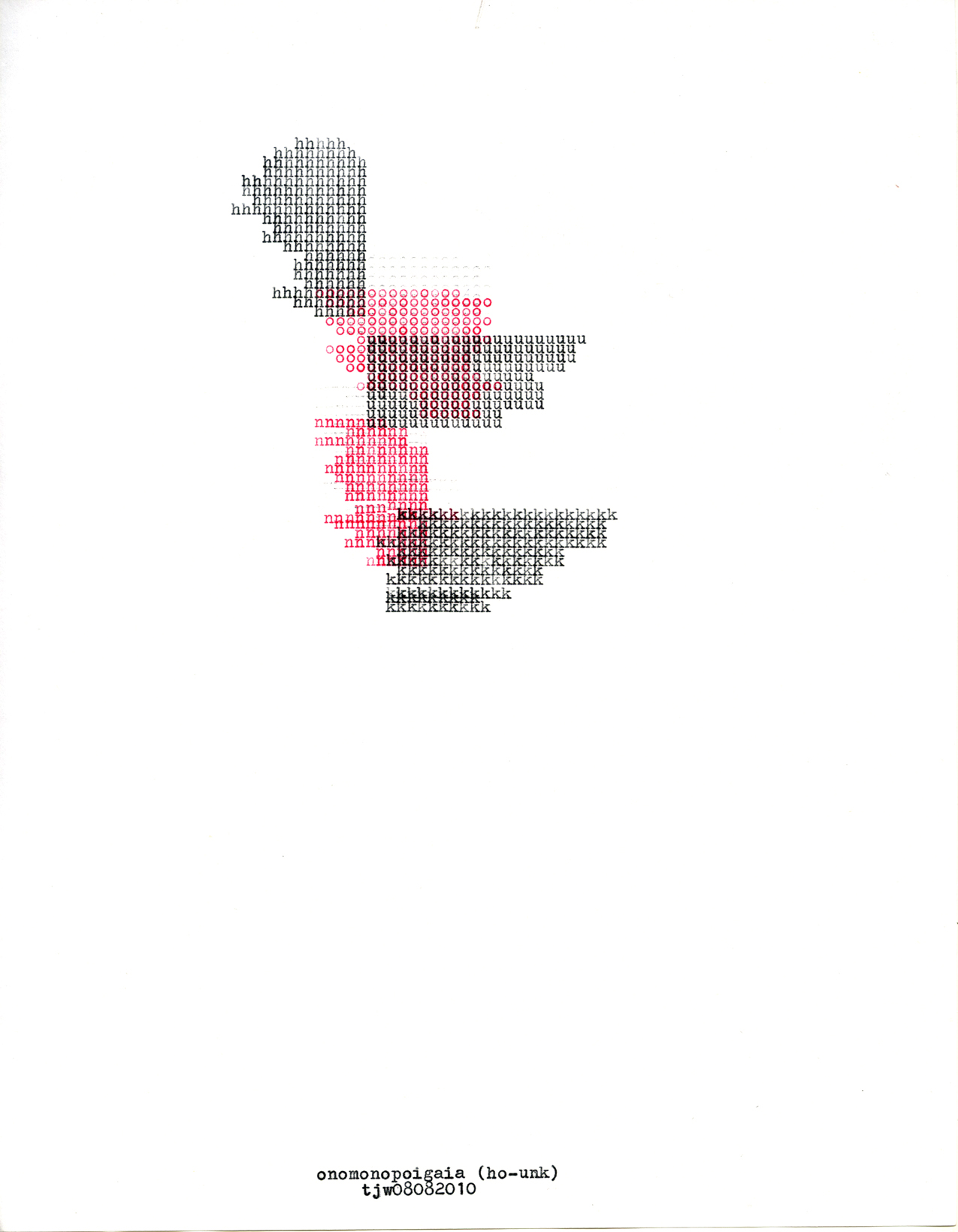By CTRL+C & CTRL+V (2008).
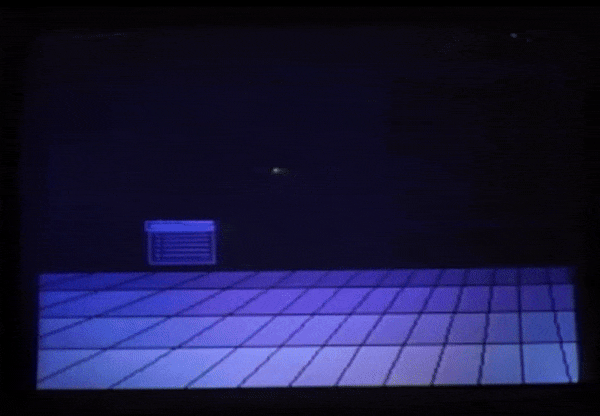
KOINS, a Korean teletext service on KBS TV was originally launched in January 1990, but was re-launched 18 August, 1990 according to this news segment. A year later, it was announced that the decoder hardware was delayed, so KBS made the service available through computers, according to this news segment.
Also see the Korean MBC teletext.
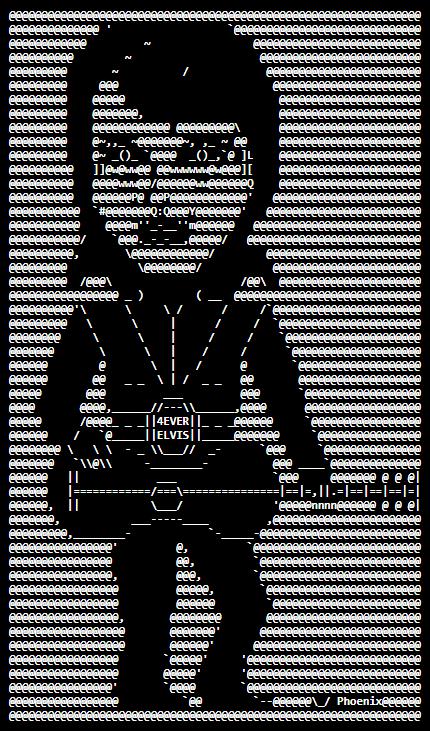
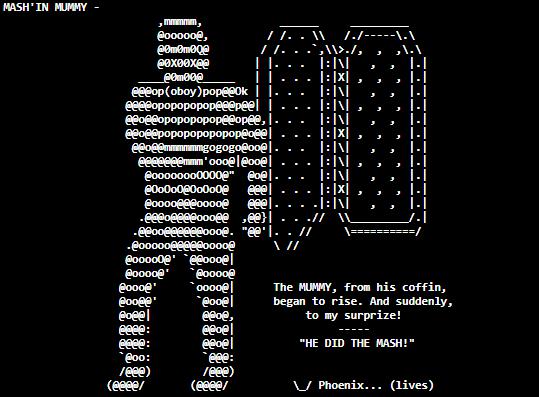
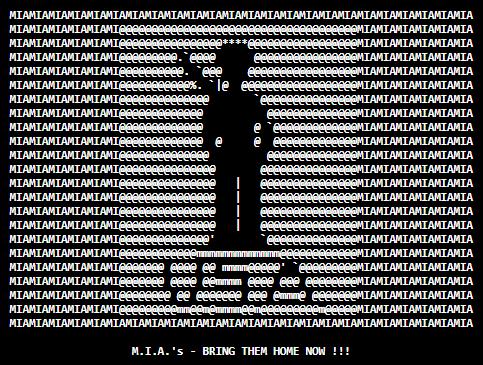
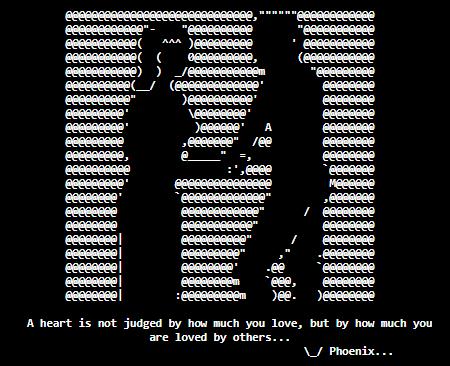
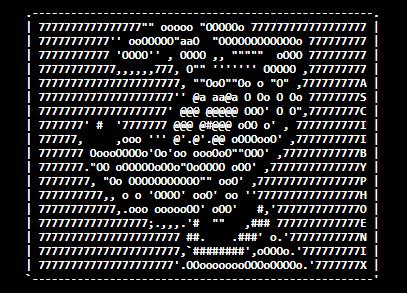
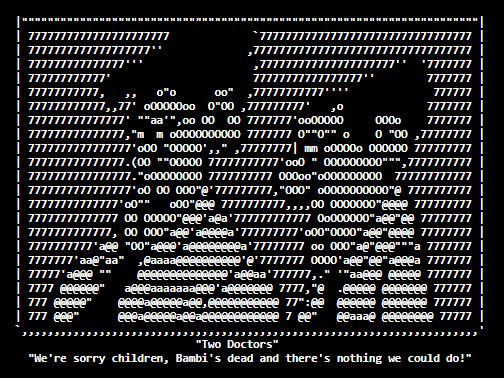
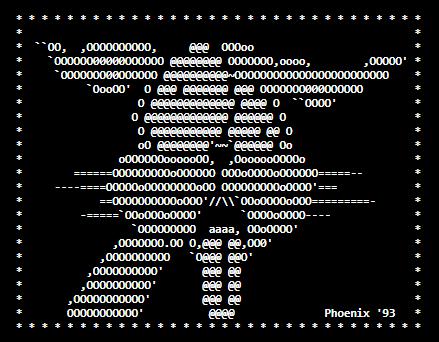
By Roy Sussman (aka Phoenix), 1991-1993. One of the more blocky ASCII-stylists on Usenet back then. Also see Oviatt & Keech.
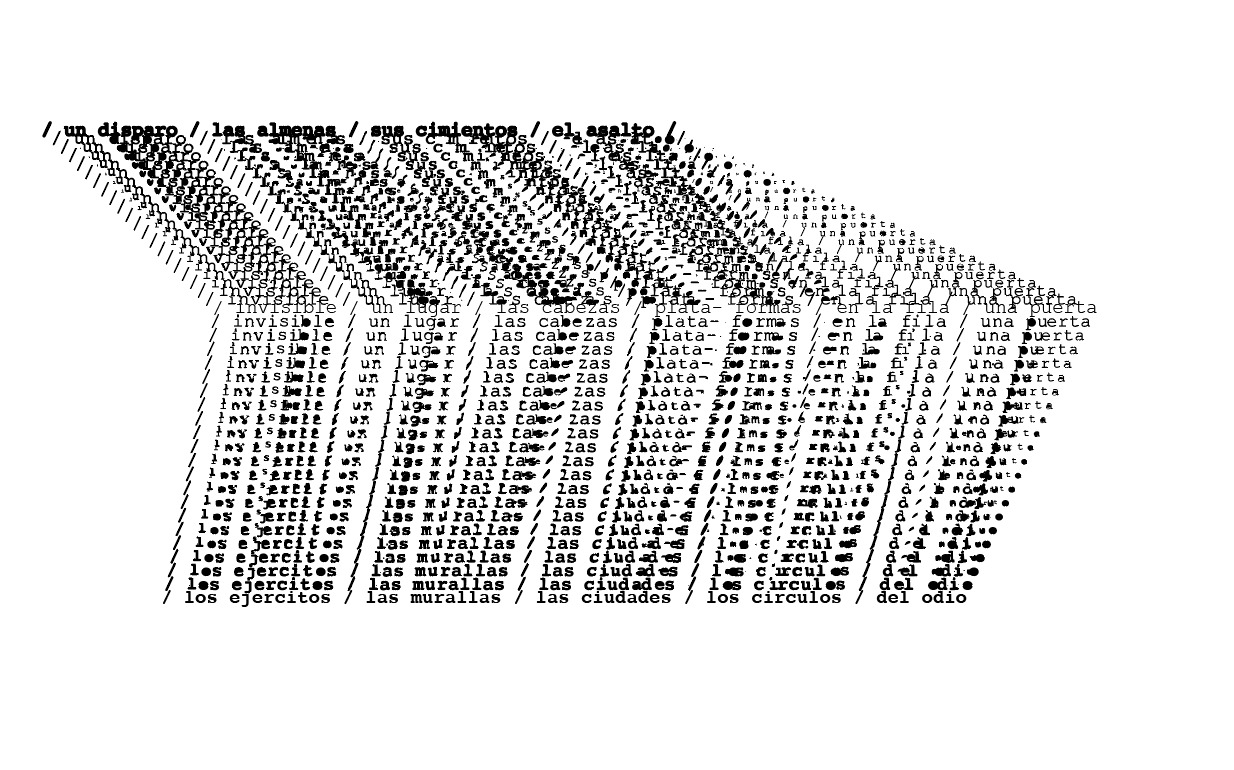
By Diego Espíritu, from here.
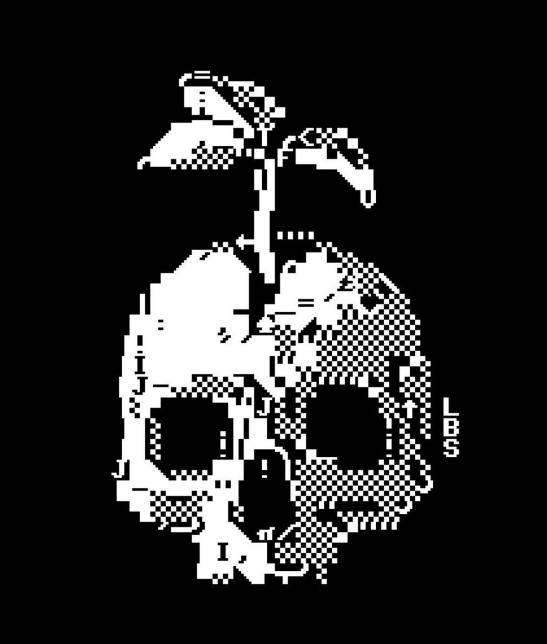

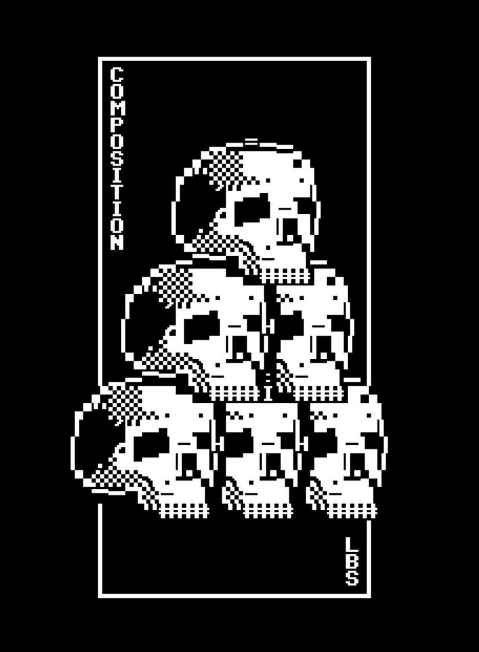

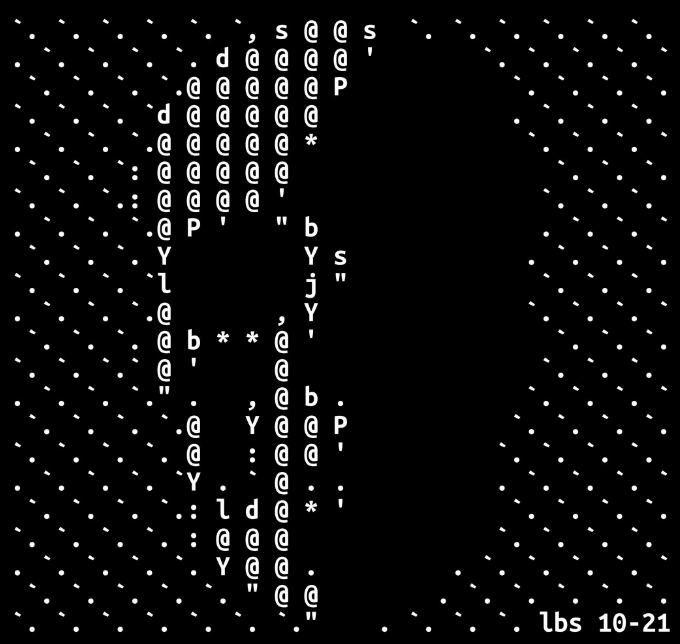
Textmode skulls by littlebitspace.
The Rescue virus (1997), which shows a screen full of nonsense messages.
Rescue 911 Computer Virus ——————————————
Dear user„ Your system is executing an illegal instruction at address 5E10:2D8F. However, this might cause you lots of problems later on. The system has got stuck , so please reboot your machine and make sure that all your programs are clean. This error message is being broadcasted by the 911 computer VIRUS !! Have a nice day ..
In the 1870′s, Brooklyn Furniture Company spent more on ads than any other furniture company. And they did plenty of text graphics!
More in this ASCII-detective story.
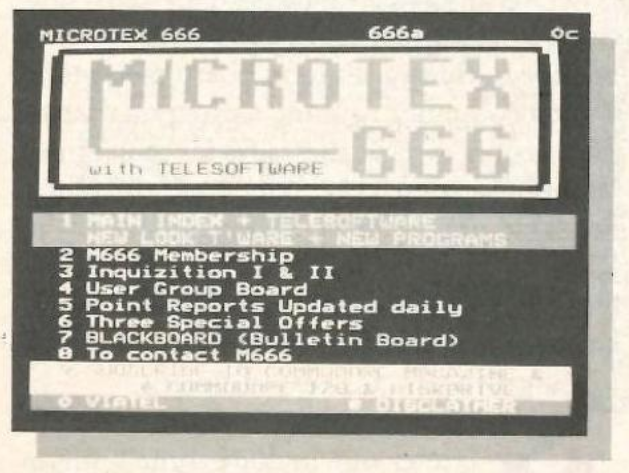
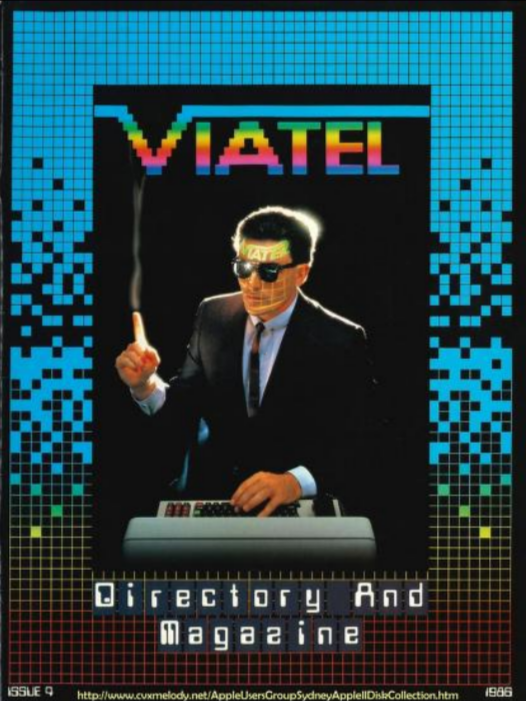
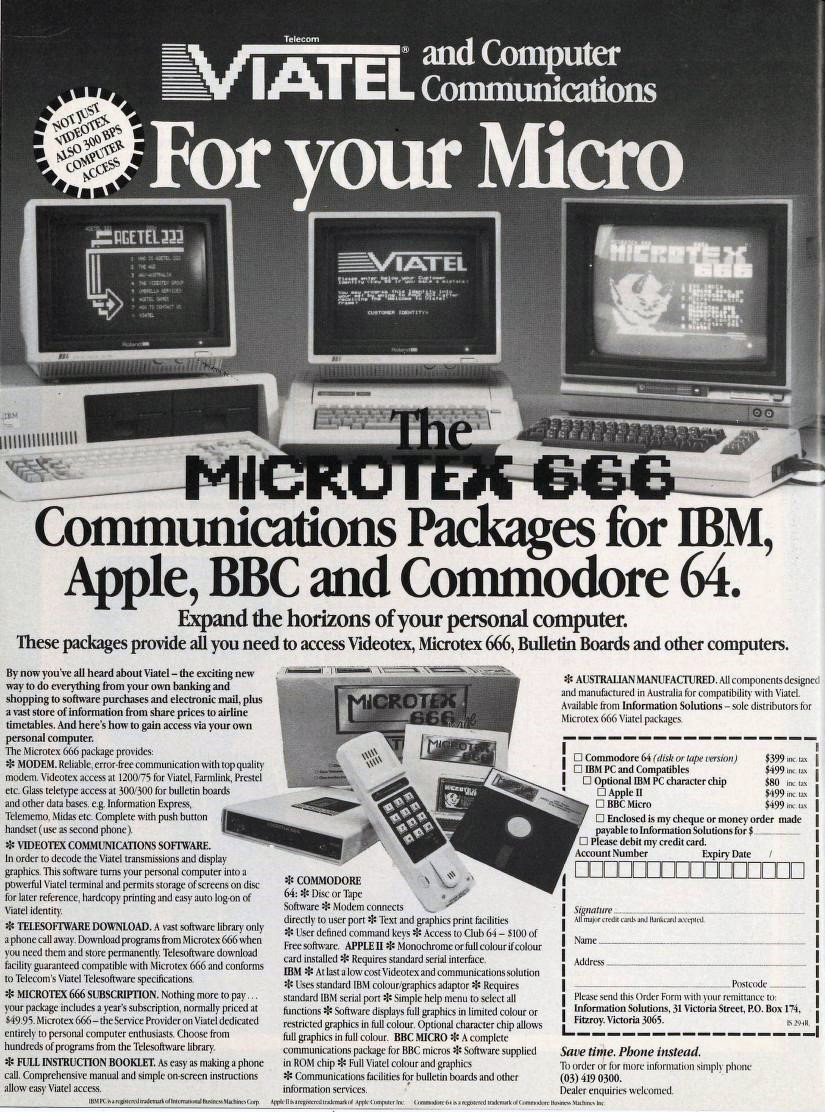
Microtex 666 (1986-1989) was a videotex service on the Australian network Viatel, where it was the only service to cater specifically to computer users in 1986. It featured telesoftware (downloadable software for free or at a cost), lists of BBSs (not on videotex), programming resources, the turnbased multiplayer game Great Galactic Conflict (updated weekly) and a bulletin board called Blackboard. While other Viatel boards were apparently moderated by hand, Microtex automatically removed obscenities and updated the pages every 15 minutes during peak hours.
The brand was also used for a hardware/software bundle for dial-up services (videotex, BBS, etc). C64, DOS, Apple II and BBC Micro were supported.
Source: Viatel Directory and Magazine Vol 4, 1986.
These proto-emoticons were published in the satirical magazine Puck on 30 March, 1881. Although often described as the first emoticons, they seem to be a rip-off of a Polish magazine from just a few weeks earlier.
Read more or see more emoticons from the 1800’s.
Post updated in 2024.
Rosemarie Trockel, Untitled, 1990

